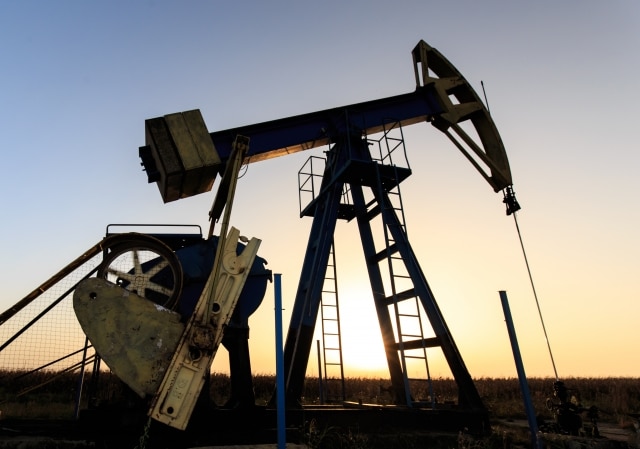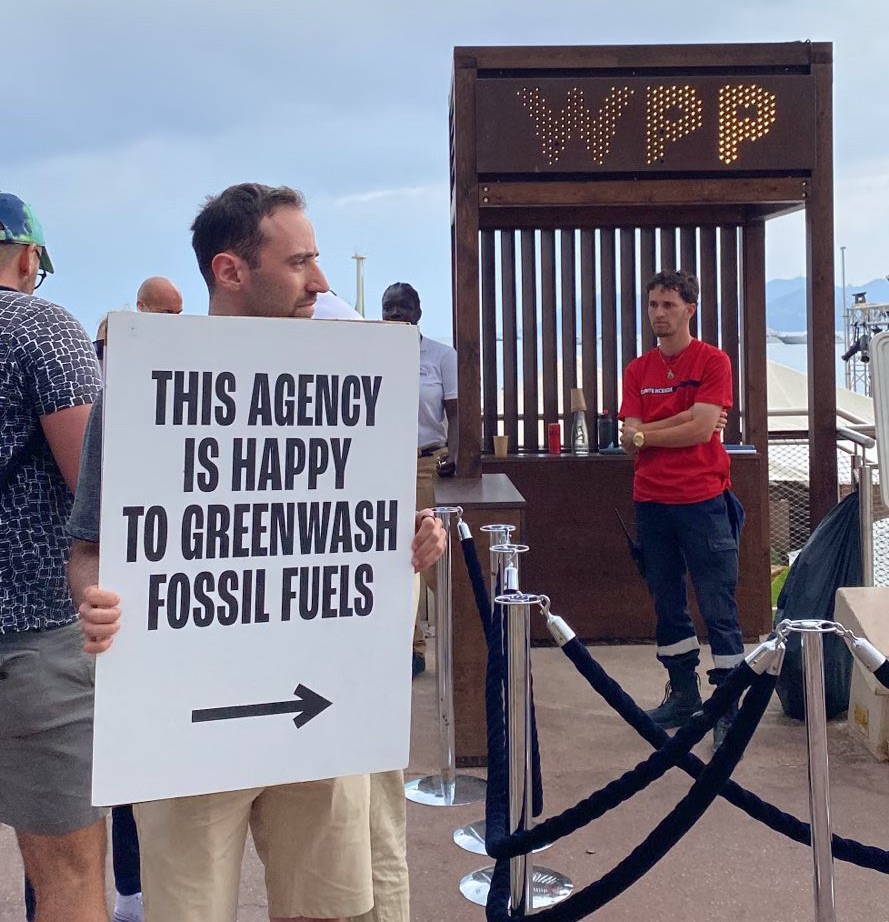Adding to the already lengthy list of reasons to be concerned about the disposal of oil industry wastewater in California, the Center for Biological Diversity says it has found dangerous levels of toxic and carcinogenic chemicals such as benzene and toluene in fracking flowback.
Flowback is a fluid that floats up to the surface of fracked wells that contains clays, dissolved metal ions and total dissolved solids (such as salt) in addition to chemical additives used in the fracking process.
As such, flowback is a component of oil industry wastewater, and one of the chief reasons why the wastewater must be disposed of in a very cautious manner.
In California, where the toxic and cancer-causing chemicals were found to be present in flowback by the CBD, oil industry wastewater is not, unfortunately, disposed of in a cautious manner.
The most common wastewater disposal method is to inject it underground. It was recently revealed that California regulators have allowed hundreds of injection wells to pump wastewater into aquifers protected under the federal Safe Drinking Water Act. Regulators also permitted thousands more wells to inject fluids from “enhanced oil recovery” techniques like acidization and cyclic steam injection into protected aquifers.
Wastewater is also sometimes stored in pits, but again, California regulators have failed to enforce proper safeguards. Clean Water Action released a report last year detailing the threat to California’s air and water from the open, unlined pits used to store much of the oil industry’s toxic wastewater. According to the report, at least 432 of these pits are currently in use in California, most of them operating with an expired permit or no permit at all.
“Cancer-causing chemicals are surfacing in fracking flowback fluid just as we learn that the California oil industry is disposing of wastewater in hundreds of illegal disposal wells and open pits,” said Hollin Kretzmann, the CBD lawyer who conducted the analysis. “Gov. Brown needs to shut down all the illegal wells immediately and ban fracking to fight this devastating threat to California’s water supply.”
It wasn’t just the chemicals Kretzmann found in fracking flowback that are a cause for concern, either. Laxe enforcement of reporting rules make it hard to determine the true extent of the problem, though the CBD still found enough to raise serious questions about the threats flowback fluid poses to public health:
• High chromium-6 levels: Chromium-6 was found in fracking flowback at levels up to 2,700 times the recommended level set by the Office of Environmental Health Hazard Assessment.
• Missing reports: At least 100 fracking flowback tests are missing from the reporting website managed by California’s Division of Oil, Gas and Geothermal Resources, in violation of state law.
• Missing benzene data: Only 329 of the 479 fracking fluid chemical tests on the state oil agency’s website measured for benzene.
*bull; Benzene common: Of those 329 chemical tests that measured for benzene, 323 detected benzene while only six did not.
• Dangerous toluene levels: Toluene, a toxin that can affect the central nervous system and harm developing fetuses, was found to exceed federal-mandated limits for drinking water 118 times.
In some cases, benzene levels in fracking flowback were over 1,500 times the level the federal government says is safe for drinking water. Both chromium-6 and benzene are known carcinogens.
California is the country’s third-largest oil producing state, with some 20% of its oil production coming from fracked wells, according to a recent study that also found that half of all new wells drilled in the past decade use fracking.
Image Credit: Calin Tatu / Shutterstock.com
Subscribe to our newsletter
Stay up to date with DeSmog news and alerts







